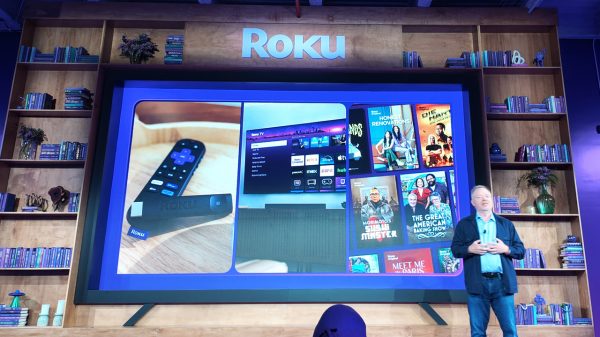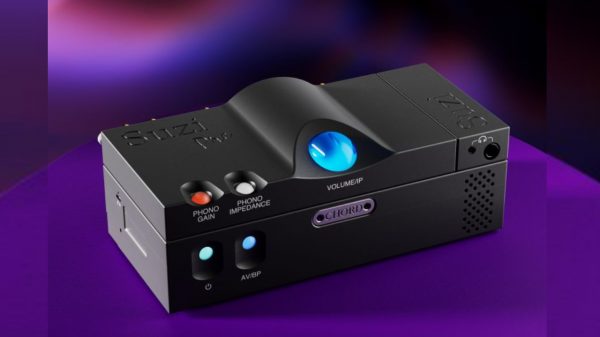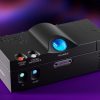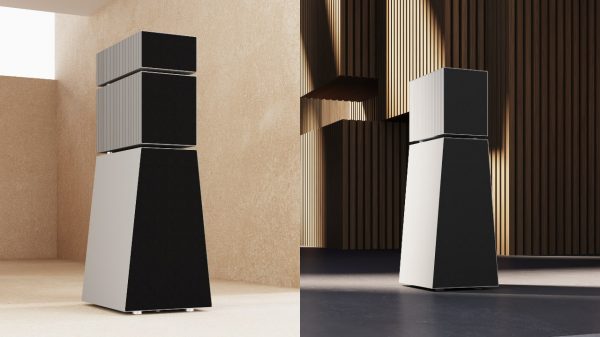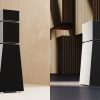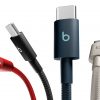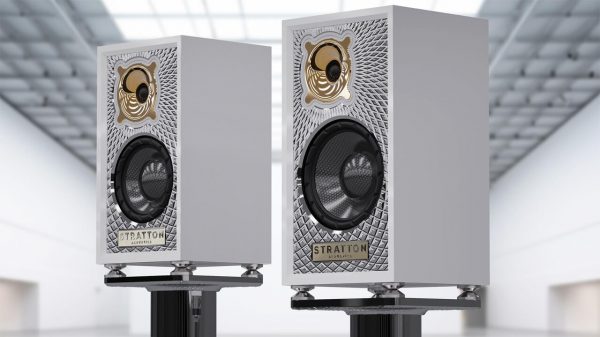An important change is coming in the way television works and it could affect you.It’s called the “digital television transition” and it will be a seismic shift in the American television broadcasting system, as localTV stations meet a government requirement to transmit their signals in a digital format, starting in February 2009.
What does that mean for the average viewer? Well, it’s more than a behind-the-scenes technical adjustment. Once the new requirement kicks in, most older TV sets that aren’t connected to cable, satellite or a special converter box, will not display programs from local broadcast stations.
More simply put, an old “analog” TV that still relies on rabbit ears for a picture will go black. The good news is that cable customers can relax. Every TV set connected to cable will continue to display local stations, even after TV broadcasters launch the new transmission format.
Why the Change?
Here’s what’s happening: Under a federal mandate, after Feb. 17, 2009, TV stations must cease their analog transmissions and broadcast only in digital. Since their inception more than 60 years ago, stations have sent out signals in analog format, but as the world is becoming digital, so is broadcast TV.
The federal government is requiring the change for two reasons. First, by converting to digital from analog, a valuable communications spectrum will be made available to emergency responders, such as police and fire departments. Second, digital technology renders improvements in over-the-air TV, including clearer pictures, more channels and high-definition TV images.
The catch? Many television sets in use today –particularly those purchased more than five years ago –were built to receive the original analog signals over-the-air, not the new digital signals. Those sets must be connected to a cable or satellite service, or to a special converter that will be sold in electronics stores. The converters are expected to cost around $50 to $70, and to help households pay for them, the National Telecommunications and Information Administration (NTIA) is managing a nationwide coupon program that will provide up to two $40 coupons to each household that requests them. You’ll be seeing more information on that program after January 2008.
Good News
Although the digital transition could cause some confusion, there’s good news on two fronts. The first is that most new TV sets, especially digital and HDTV sets manufactured since 2004, feature built-in digital tuners that will accommodate the new digital broadcasts.
Also, the transition will be relatively seamless for consumers who have their TVs hooked up to cable, because cable companies will take care of the technical translation for them. There’s really only one thing cable customers need to know: After Feb. 17, 2009, any TV set connected to cable will continue to display local TV signals, and won’t require the purchase of a new converter to continue receiving favorite broadcast TV programs. For more information, go to www.dtvtransition.org or call (888) DTV-2009.


